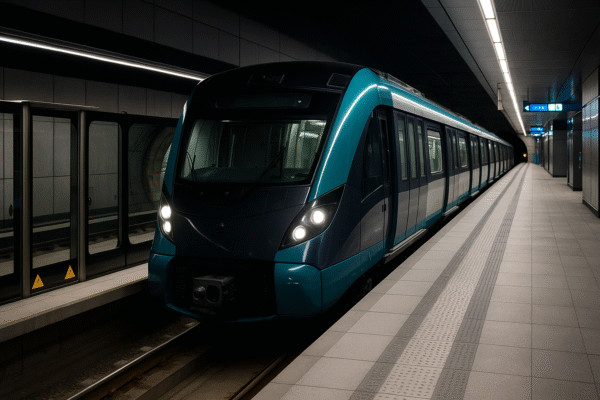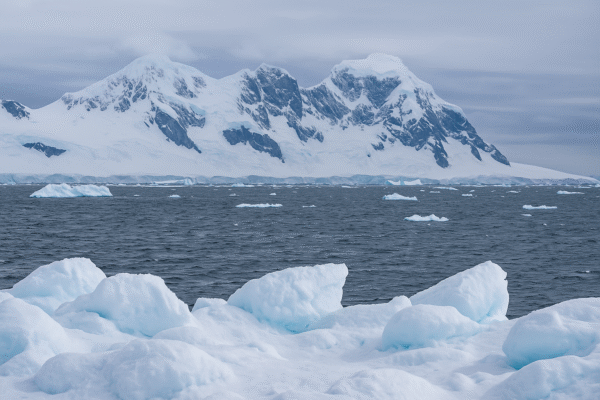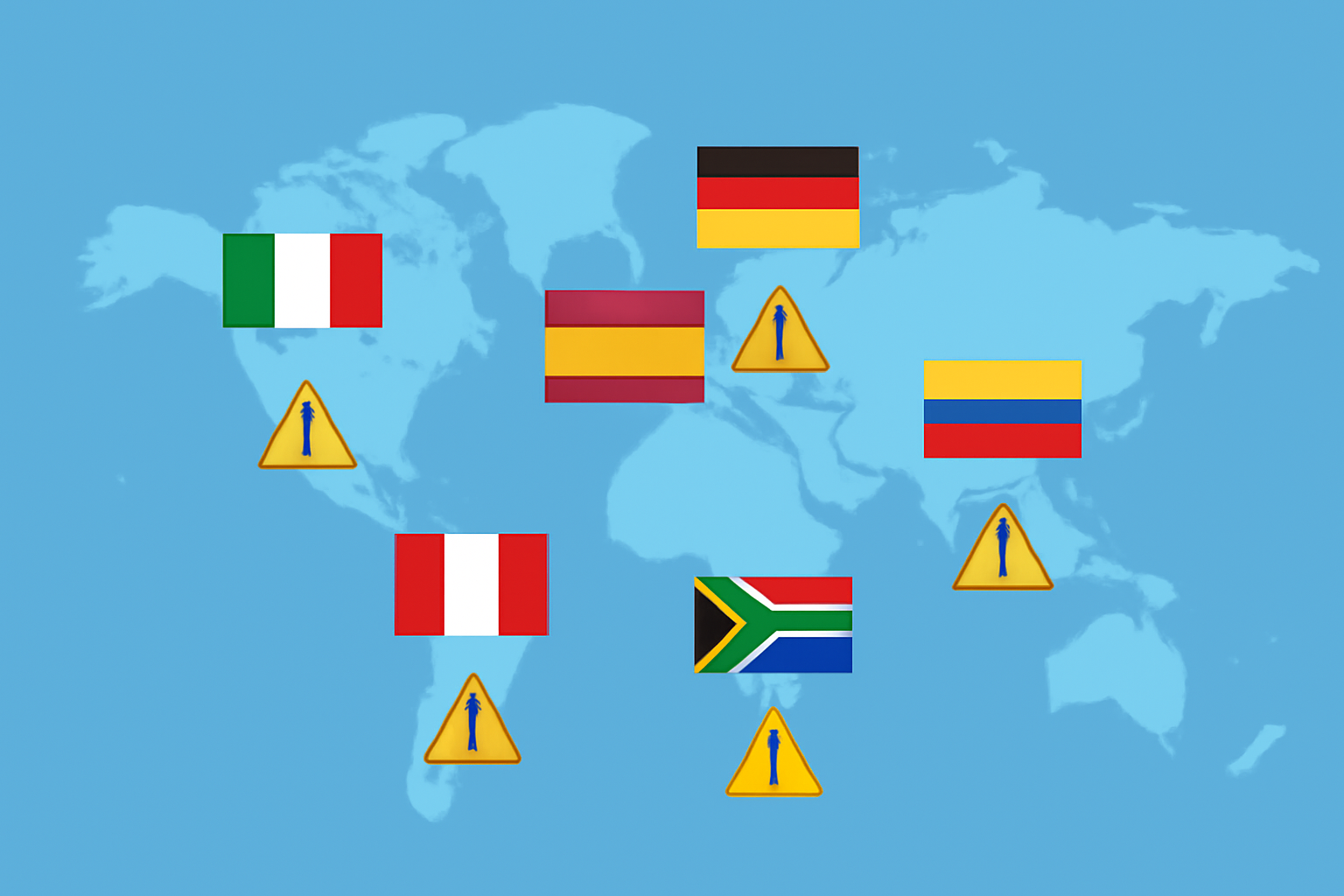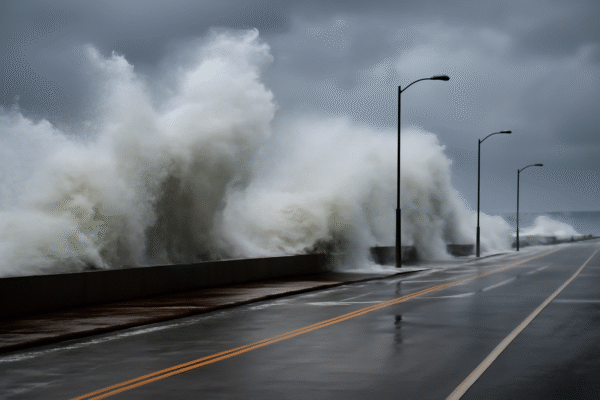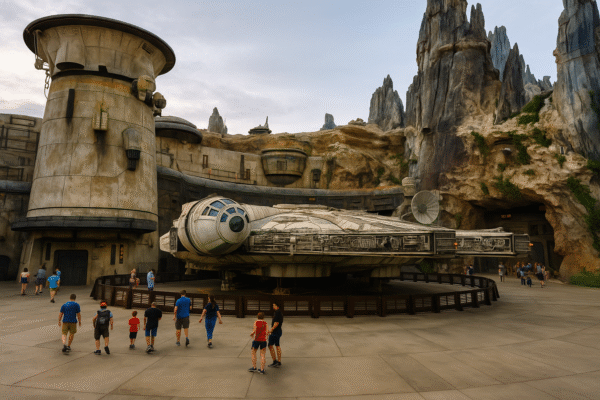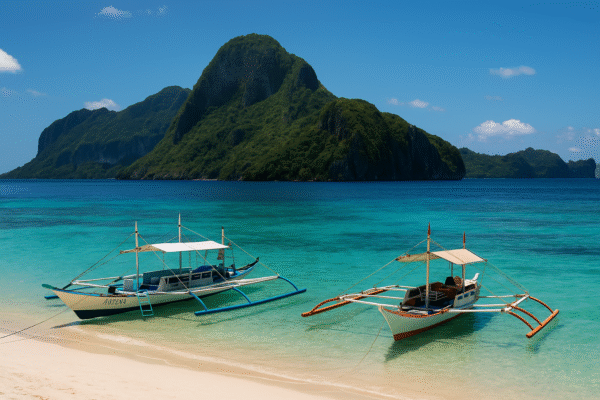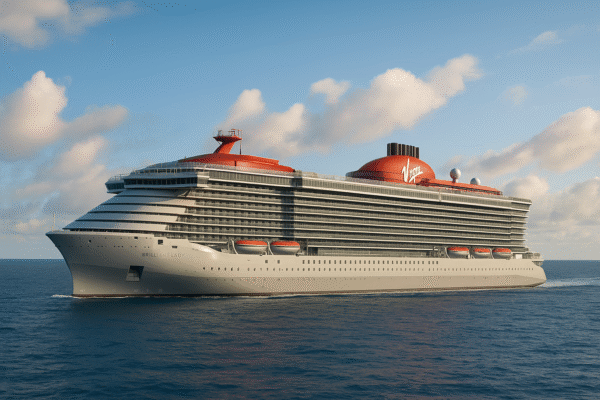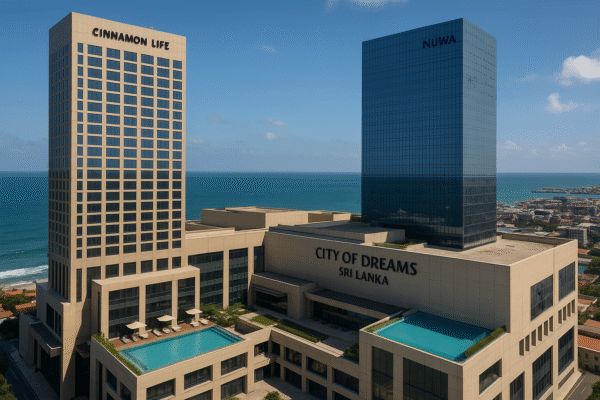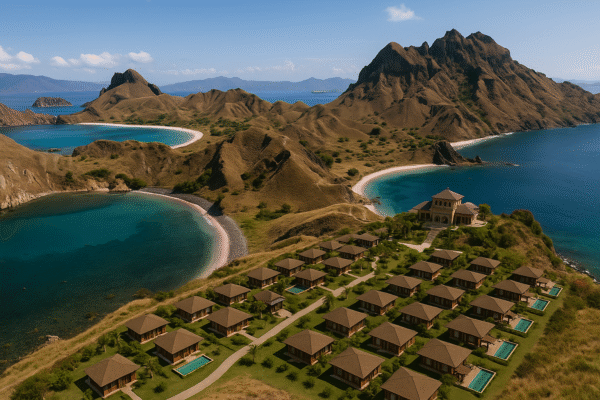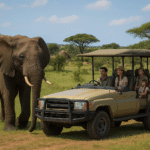Bali, Indonesia – A Conservation Crossroads on Padar Island
Indonesia’s iconic Komodo National Park—renowned for its otherworldly landscapes and the critically endangered Komodo dragons—is at a critical juncture. A plan to erect hundreds of luxury villas on Padar Island has ignited widespread concern among conservationists, local residents, and international observers.
Tourism Boom Meets Biodiversity Imperative
Komodo National Park, a UNESCO World Heritage Site since 1991 and a recognized biodiversity hotspot, spans several islands including Komodo, Rinca, and Padar, plus dozens of smaller islets. In the past year alone, visitor numbers exceeded 330,000, drawn by majestic vistas, pink-sand beaches, and vibrant marine life.
Padar Island—though not currently home to Komodo dragons—is celebrated for its dramatic hills and panoramic viewpoints that define the park’s natural allure. Critics argue that large-scale development could irrevocably harm the ambiance and ecosystem that make the island so appealing.
The Development Plan and the Fallout
The proposal, by state-affiliated developer PT Komodo Wildlife Ecotourism (KWE), involves up to 619 structures across roughly 274 hectares—nearly 20% of Padar Island’s total land area—with 448 luxury villas and a grand “hilltop chateau” complete with pools, restaurants, wellness facilities, and more.
While the developer asserts that the project is “nature-based” and within designated Utilization Zones, widespread backlash is building. Local communities have criticized the public consultation as perfunctory, launching online petitions that decry “turning a UNESCO World Heritage site into a luxury resort.” Indigenous groups, particularly the Ata Modo, argue the development perpetuates decades of dispossession, with ancestral lands historically seized and now ceded to investors.
Government Response: EIA and International Oversight
The Indonesian Ministry of Forestry continues to stress that no construction will begin without a rigorously vetted Environmental Impact Assessment (EIA), in compliance with UNESCO’s World Heritage Centre (WHC) and International Union for Conservation of Nature (IUCN) standards. The EIA process draws upon findings from UNESCO’s earlier monitoring missions and resolutions passed at recent World Heritage Committee sessions.
Minister Raja Juli Antoni has reiterated that only 10% of the concession zone may see development, restricted to non-permanent or knock-down structures; no physical development has commenced to date. He announced tighter tourist quotas and enhanced conservation safeguards such as fences, signage, and stricter visitor management to reduce environmental pressure on Padar Island.
A multi-stakeholder public consultation was held in Labuan Bajo in July 2025, drawing input from local government, NGOs, academics, business actors, and community leaders. The EIA was prepared by a cross-disciplinary team of environmental and tourism experts to ensure a holistic assessment of potential impacts.
Environmental and Social Stakes
Opponents argue that even limited development in ecologically fragile areas like Padar can cause long-term damage. Komodo dragons—the world’s largest lizard, numbering just around 3,000 wild individuals—depend on stable habitat conditions. Experts caution that increased tourism and infrastructure could compromise the fragile balance needed to sustain this endangered species.
Environmental advocacy groups also point to broader concerns over unchecked tourism expansion within the park. They highlight the risks of increased waste, water stress, and habitat fragmentation, warning that the natural character of Komodo National Park could be permanently altered if profit-driven projects take precedence over preservation.
UNESCO’s Watchful Eye
UNESCO’s concern is not new. Similar infrastructure plans on nearby Rinca Island in 2021 triggered strong warnings, with the organization urging Indonesia to reconsider large-scale developments in sensitive zones. Although authorities later assured that completed facilities had minimal ecological impact, skepticism remains high among conservationists.
At the 2025 World Heritage Committee meeting in Paris, UNESCO once again emphasized the importance of sustainable tourism. It called for updated assessments, greater transparency, and a strong commitment to ensuring that developments do not threaten the park’s ecological integrity. The committee requested periodic updates from Indonesia and signaled that further oversight will be maintained until clear safeguards are in place.
A Pivotal Moment for Indonesia’s Conservation Vision
Komodo National Park now stands at a pivotal crossroads. It serves as a microcosm of global efforts to balance conservation with economic development. Tourism has long been promoted as a lifeline for local communities, creating jobs and supporting infrastructure in East Nusa Tenggara. However, when large-scale projects threaten ecological and cultural integrity, the debate over the future of the park intensifies.
Local communities, including indigenous Ata Modo residents, have voiced concerns over being marginalized. Many argue that while tourism brings in significant revenue, local people often see little benefit, with profits concentrated in the hands of major corporations.
Toward a Sustainable Future
As the Environmental Impact Assessment and stakeholder consultations continue, the world watches closely. The decisions made in the coming months will not only determine the fate of Padar Island but will also shape the trajectory of sustainable tourism in Indonesia. Komodo National Park remains a jewel of biodiversity and cultural heritage, and preserving its unique environment while fostering inclusive economic growth will be the ultimate challenge.
For more travel news like this, keep reading Global Travel Wire

